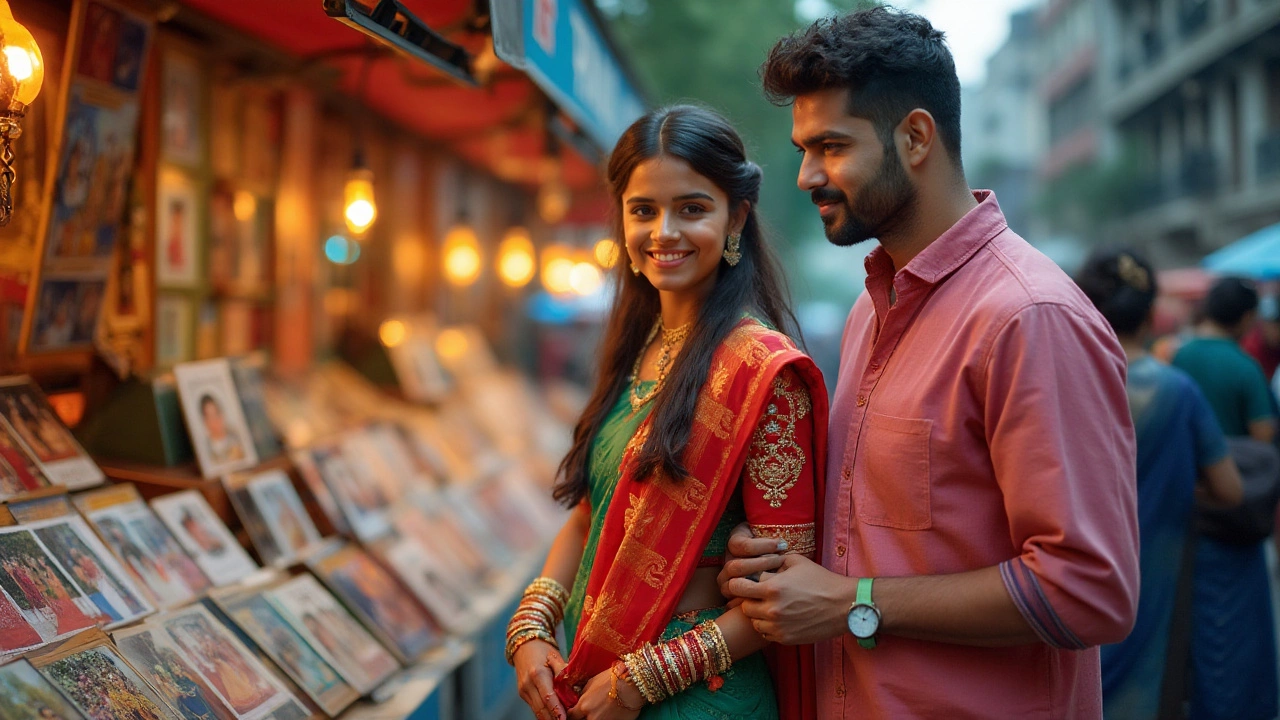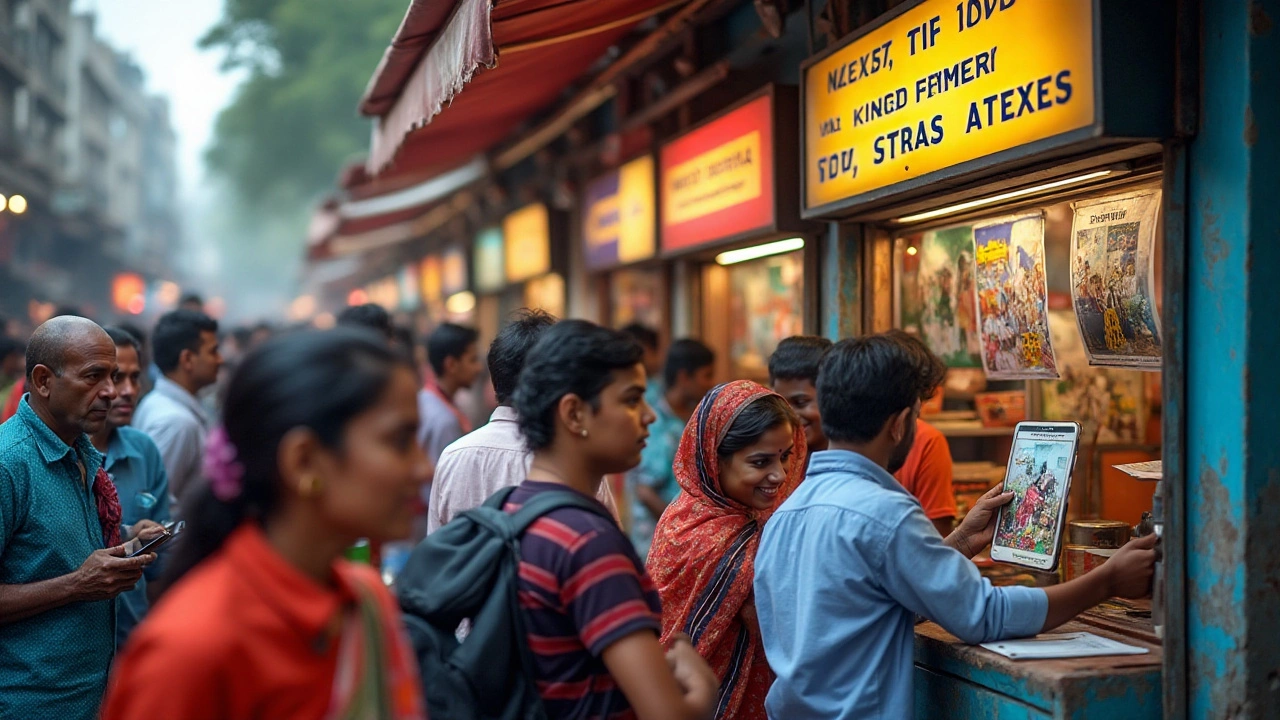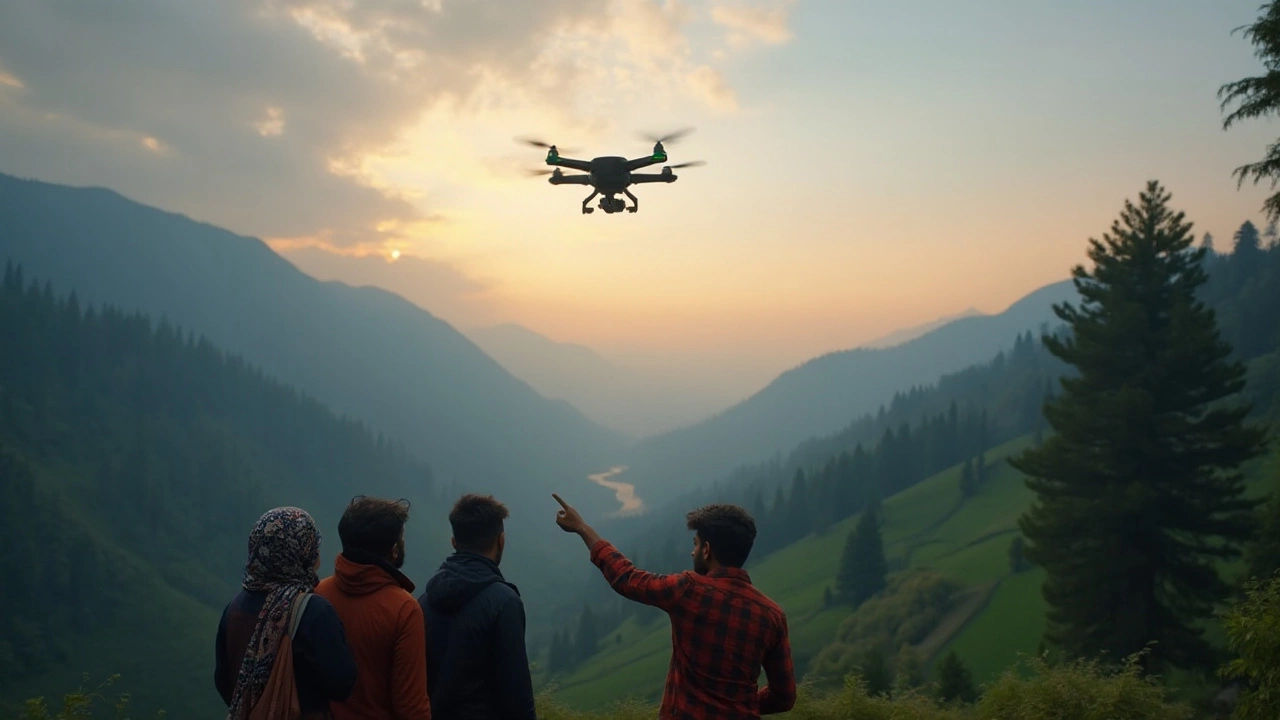November 2024 Photo & Printing Highlights – Costs, Quick Prints & Drone Rules
If you’ve been scrolling through our blog lately, you’ve probably seen a lot of buzz about wedding photo budgets, speedy printing options, and the latest drone rules in India. We’ve bundled the most useful takeaways into one place so you can grab the info you need without hunting through each post.
Who Should Cover Wedding Photography?
Paying for wedding photography can feel like a negotiation maze. Traditionally, the bride’s family footed the bill, but modern couples often split costs or roll them into the overall wedding budget. A smart move is to set a clear budget early – decide how many hours of coverage you need, the style of album you want, and whether you’ll need a second shooter. Once you have numbers, talk openly with both families about what they’re comfortable contributing. Splitting the expense not only eases the financial load but also keeps everyone feeling involved in the celebration.
Instant Photo Printing Made Simple
Need a photo in your hand within minutes? The fastest route is to use a local kiosk or an online service with same‑day pickup. Look for kiosks that accept USB drives or cloud links – they usually finish a standard 4x6 print in under five minutes. If you’re printing larger formats, check if the shop offers a “rush” option; many will have a dedicated fast‑track printer for an extra fee. Compare costs: a kiosk might charge ₹10‑₹15 per print, while an online service could be a bit higher but often includes free delivery for bulk orders. Choose the method that matches your timeline and budget.
For photographers who need quick client proofs, we recommend setting up a “print‑on‑demand” workflow. Connect your camera to a laptop, edit the image, and send it straight to a nearby print shop via email. The turnaround is almost instant, and you avoid the hassle of shipping files across the city.
Drone Photography Rules in Kashmir
Kashmir’s landscapes are a photographer’s dream, but the region has strict drone regulations to protect security and wildlife. First, you must obtain a No‑Objection Certificate (NOC) from the local administration – the process can take a few days, so plan ahead. Flights are limited to below 200 feet and only in designated zones; any deviation can lead to penalties or confiscation of equipment. Always keep your drone’s firmware updated, as authorities can check for proper licensing through the device’s serial number.
Respect local customs: avoid flying over religious sites, military installations, or crowded public areas. If you’re unsure about a location, a quick call to the district office can save you trouble later. Following these guidelines lets you capture those stunning valleys without legal headaches.
Can DJI Drones Be Traced?
Many DJI users wonder if their drones leave a digital trail. The short answer: yes, DJI drones transmit a unique identifier called a “serial number” to the DJI cloud whenever they connect to the internet. This helps with firmware updates and flight logs, but it also means the manufacturer can locate a drone’s last known position if needed.
For privacy‑concerned photographers, the key is to manage your data settings. Turn off the “Fly Safe” feature if you don’t need real‑time traffic alerts, and regularly delete flight logs from the DJI app. Remember, Indian drone regulations require you to have a valid Remote Pilot License (RPL) and follow the “No‑Fly” zones, so being traceable isn’t just a tech issue – it’s also a legal one.
Whether you’re planning a wedding, need a quick print, or are soaring above the Himalayas, these November insights give you a clear roadmap. Keep this page handy for quick reference, and feel free to drop us a comment if you have more questions about printing or photography in Mumbai and beyond.



